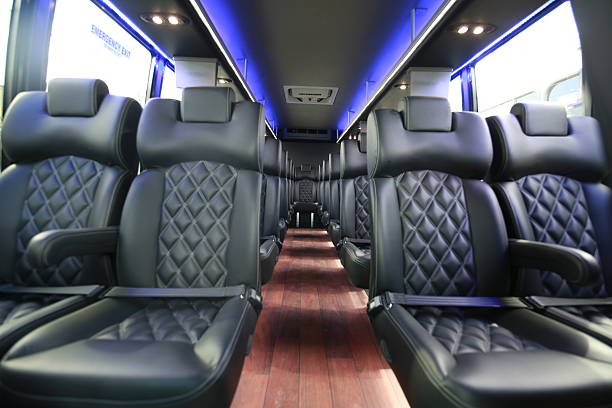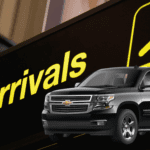Event planners understand that organizing transportation for corporate events is an essential part of the overall event experience. Transportation either sets your attendees up for a good time or causes so much stress that not even the most luxurious property can compensate.
Your transportation plan will differ for each event. However, you can take a set of steps each time to decide what your strategy should look like and then get it ready for use.
1. Gather Information
The first step is collecting all relevant data to determine your transportation solution for the event. Here are some examples:
- How many people will attend?
- How many visitors come from outside the area and stay at partner hotels? What is the ideal option for them?
- How many partner hotels do you have, and how many people do they house? This information will assist you in developing a shuttle route from the exact location.
- How many and where are the locations for your event?
- What is your event calendar like?
- When are the busiest times likely to be? If the event has a set start time or begins with a keynote address, there will most likely be a busy period before that time. On the other hand, people arrive and depart throughout the day at a trade show.
- Are other events happening simultaneously at the exact location or elsewhere in the city?
- What public and private transportation options are available? Is the public transportation system robust enough that some attendees will use it?
2. Create a Transportation Plan
You can create a rough transportation plan using the information you’ve gathered. At this point, you only need to sketch out a rough plan to give vendors an idea of what you require. In most cases, you’ll be providing either two-way transportation or a shuttle service.
Trip in both directions. A two-way event shuttle or bus service may be best for a half-day or full-day event where most people will stay the entire time. This service transports people to the event venue at the start of the day and then returns them at the end. It can include door-to-door service or arranging for people to be picked up at one or more designated locations.
This is the simplest method to plan because it only requires a headcount and a list of pickup locations to generate a route. You can estimate how long it will take to get them to the venue once you know how many people you need to move and when they need to arrive.
Make sure to factor in boarding time and travel time between pickup points.
Shuttle Service for the day
If your event has people coming and going all day, a single two-way trip will not provide adequate service. In this case, a shuttle service that travels a circuit between the venue and partner hotels or designated pickup points is a better fit.
Creating a viable route is more difficult here because you must design one that moves people throughout the day. You may need multiple shuttle routes for significant events with numerous partner hotels and many attendees, with multiple shuttles servicing each.
3. Contact Vendors
When you’ve finalized most of your route details, you can begin contacting vendors for pricing estimates. The cost of transportation is determined by the number of vehicles and drivers required, as well as the number of hours and days needed.
Before you finalize your transportation plan, you should consult with a vendor as they have valuable information, such as vehicle capacity and efficiency, that you will need to factor into your schedule and budget. Ka-La-Ju in Chicago, for example, has more than 10 years of experience in group transportation and can help you estimate cost and efficiency. You must pick a reliable vendor that has enough vehicles in its fleet.
The event transportation plan you choose will not determine your event’s success. However, a sound event transportation system can significantly improve the experience of guests and attendees. People will have a better overall experience if they can get where they need to go quickly and easily.





